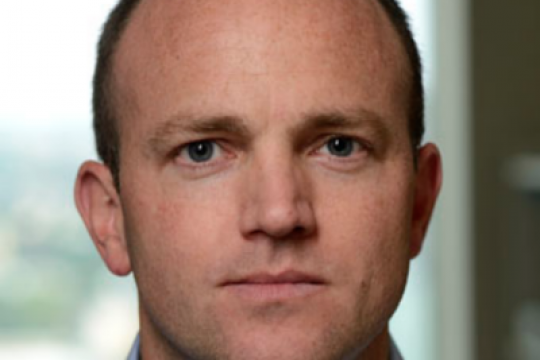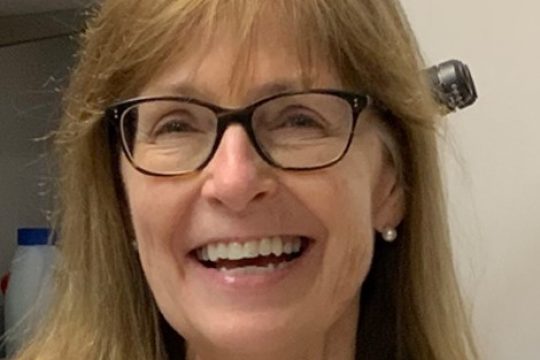My lab is an interdisciplinary group that devises and experimentally tests computational tools to explore cell type identity and its molecular underpinnings. A unifying component of our research is the gene regulatory network (GRN). GRNs are programs encoded in...
We study how epithelial tubular organs – which are essential to life in all multicellular organisms – form and specialize. Using the simple unbranched tubes of the Drosophila salivary gland and the beautifully branched tubular network of the Drosophila...
What are cellular and molecular mechanisms that control tissue regeneration in vivo? Stem cells ensure tissue renewal in most adult tissues, and their activities are under the precise control of signals from specific local microenvironments, or niches. The ability...
Our research seeks to better understand dynamical biological processes, such as embryonic development and brain activity, by recording cells’ experiences in their genomes. To accomplish this objective, we develop: (A) molecular technologies that write cellular experiences into their nucleic...
What if you could grow a new heart or liver if your first one failed? Our lab is interested if organogenesis can happen again in adults. We use skin as our model system and try to ask basic questions...
MECHANOTRANSDUCTION AND AUDITORY PERCEPTION Hair cells in the inner ear are mechanosensors for the perception of sound and head movements. Sound signals directly activate mechanically gated ion channels in hair cells, leading to hair cell depolarization and the release...







